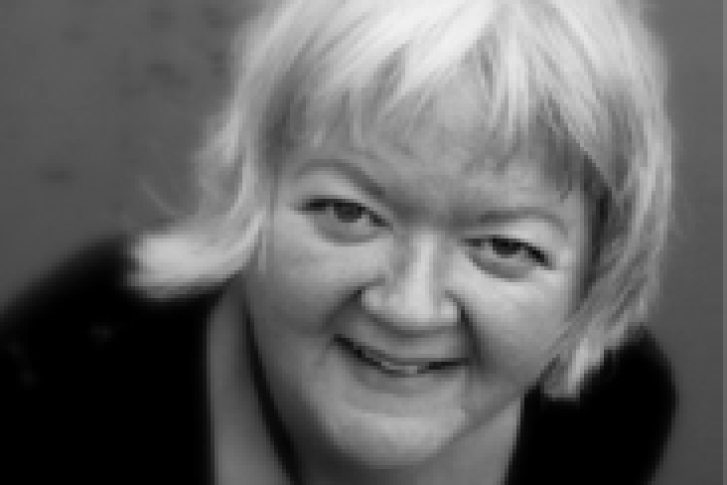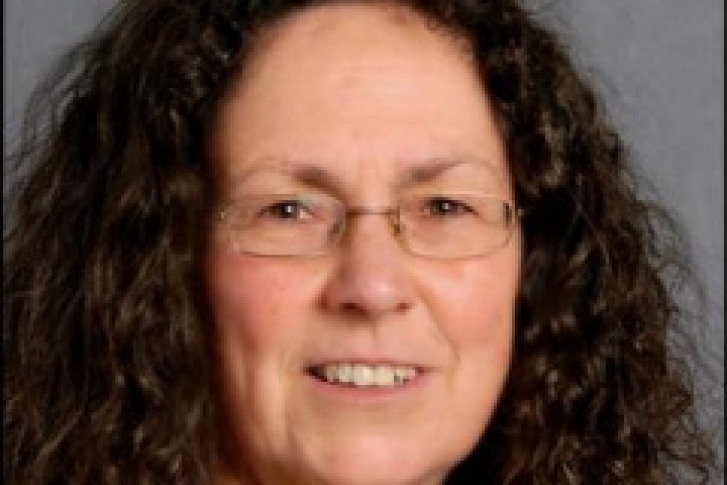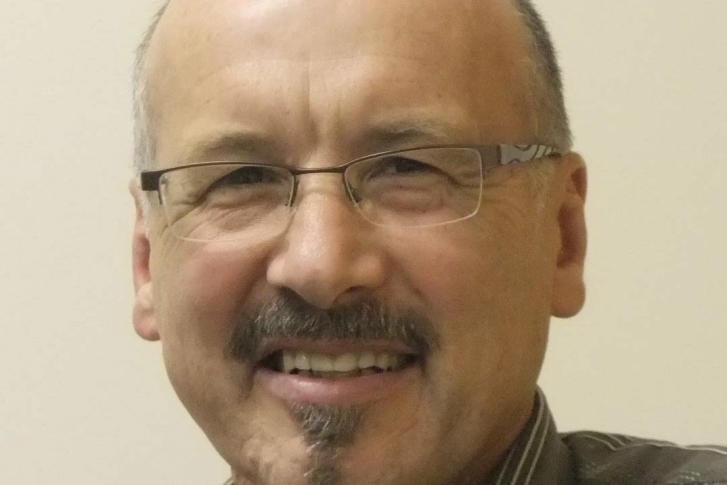From natural hazards to supercomputers, and from didymo to PhD, not to mention the odd whale, sponge, and HIPPO
Natural hazards reviewed for 2009
The Natural Hazards Centre – jointly run by NIWA and GNS Science – has published its review of New Zealand’s major hazard events for the past year. Dominant disasters for many New Zealanders were the Samoan earthquake and resulting tsunami. Hazard events in New Zealand included landslides, floods, avalanches, and tornadoes. Even so, the Insurance Council found 2009 to be a benign year for natural disaster claims, with only $6.75 million in payouts, compared with the $86.27 million for natural disaster claims in 2008.
The review also introduces the Natural Hazards Research Platform, a new structure to strategically manage New Zealand hazards research, including contestable funding formerly managed by the Foundation for Research, Science and Technology.
Contact
Dr Jordy Hendrikx [email protected]
New Zealand sponge makes Top 10
A deepsea carnivorous sponge known only from two seamounts in the Chatham Rise has been selected as a 2010 Top 10 New Species by the International Institute for Species Exploration.
Chondrocladia (Meliiderma) turbiformis Vacelet, Kelly & Schlacher-Hoernlinger was discovered by NIWA biologist Michelle Kelly and her colleague Professor Jean Vacelet, the world’s foremost authority on carnivorous sponges. They first described their find in the journal Zootaxa in 2009. Although carnivorous sponges are quite rare globally, New Zealand seems to be blessed with a proportionately large number of species. Typically, they are covered with tiny hooks, rather like sticky Velcro, that help snag the small crustaceans they eat.
Each year, an international committee of expert taxonomists selects the 10 most notable species described in the preceding year.
The winners (Top 10 New Species website)
Contact
Predicting contaminants in estuaries
Sediments, heavy metals, and other contaminants washing off the land are threatening estuary health and coastal aquaculture. NIWA scientist Malcolm Green has developed a new tool to help minimise the risk of estuary contamination.
The Urban Stormwater Contaminant model (USC) predicts long-term sediment and heavy metal accumulation in estuaries. It can look 50–100 years ahead, so planners can weigh up risks of different land use and management scenarios. The USC also tracks sediments from their source to the sea, so coastal managers can pinpoint problem areas and assess mitigation options.
In work for the ARC, NIWA has used the model to find significant sources of contaminants in the Waitemata and Manukau Harbours, identify at-risk habitats, and assess stormwater treatment and contaminant source control measures. The USC model also helped win Dr Green a Kudos Award for Environmental Science.
Contact
High Performance Computing Facility set for commissioning
NIWA’s new supercomputer began operations in July, and is the most powerful environmental forecasting computer in the southern hemisphere.
The IBM p575/POWER6 supercomputer replaces a Cray supercomputer purchased in 1999. The new IBM is specially configured to handle very large problems where many factors depend on each other and almost continuously interact – precisely the sorts of problems involved in NIWA’s weather, climate, and ocean modelling, and environmental and hazards forecasting research and operations.
“Accurate and timely climate and hazard forecasting is essential to the future growth of New Zealand’s most important industries,” says NIWA Chief Executive John Morgan. “This supercomputer allows us to use models that can take account of the effects of land, ocean, and atmospheric interactions, and of human activities. Information from these models will be essential to decision making and planning for our large industries like agriculture, horticulture, energy, and even tourism.”
The Insurance Council confirms that the supercomputer will also help New Zealanders prepare for flooding and other severe weather-related events. Says the Council’s Chief Executive, Chris Ryan, “Insurance data indicate that the better the warning systems available for adverse weather conditions, the lower the economic and social losses to the community. In recent years the insurance sector has seen increasing losses and payouts from weather-related events. The ability of NIWA to up its forecasting ability further through this investment will benefit communities around the country.”
Other scientists throughout New Zealand will have access to the supercomputer through KAREN, the Kiwi Advanced Research & Education Network.
Contact
What’s a didymo to do?
“At this stage, we’re working out how to identify rivers and streams that are susceptible and those that are resistant to didymo growth,” says NIWA scientist Dr Cathy Kilroy. “We’re looking in detail at water chemistry, to tease out what micro-nutrients didymo may like and which ones may be present or absent in different waters. The research could potentialy enable us to predict where it will and won’t grow.”
Contact
Climate change and flooding.
The Ministry for the Environment (MfE) has released two new publications to help local government officials incorporate climate change into their flood risk assessment and management.
A manual for estimating the effects of climate change on flood flow was prepared by NIWA, and peer reviewed by engineers, environmental consultants, and MfE staff. Tools for Estimating the Effects of Climate Change on Flood Flow was written for local authority staff, including river managers, engineering staff, and asset managers. It provides good practice guidance of methods to incorporate climate change impacts into flow estimation.
A summary, Preparing for Future Flooding, was developed by MfE. This flooding guidance complements other climate change guidance based on NIWA research into climate change impacts and coastal hazards.
MfE's climate change publications
Contact
New guidelines for constructed wetlands
Tile drainage can act as a significant route for nutrient losses – particularly of nitrogen – from intensively grazed pastures to waterways. Constructed wetlands are a simple, practical tool farmers can use to intercept tile drainage water to reduce these nutrient losses.
A new publication provides guidelines for farmers, farm advisors, rural contractors, and regional council staff to appropriately locate, size, design, and construct effective wetlands. It also provides guidance on wetland planting, weed control, and maintenance.
The guidelines are built on international experience as well as monitoring and modelling results from field-scale trials carried out on farms in the Waikato, Northland, and Southland.
Download the NZ Guidelines for Constructed Wetland Treatment of Tile Drainage
Contact
Honorary doctorate for aquatic ecologist
NIWA scientist Max Gibbs has been awarded an honorary doctorate by the University of Waikato for his contributions to New Zealand science. The honour caps 45 years’ work studying the chemistry of marine and fresh waters, a career remarkable for its humble beginnings and its farreaching effects.
With only a New Zealand Certificate of Science in chemistry, Dr Gibbs began in 1965 as a technician at the Department of Scientific and Industrial Research (DSIR), advancing there to the level of Technical Officer. By 1980, his expertise had garnered international recognition in his field, and led to a short placement as a Visiting Fellow at Edinburgh University. He joined NIWA at its establishment in 1992, working in NIWA’s Hamilton office, just down the hill from Waikato University.
Dr Gibbs’ work ranges from water quality in rivers, lakes, wetlands, estuaries, and groundwater to sustainable coastal aquaculture, and from lake restoration to stable isotope techniques and analysis. He has thus far produced 63 refereed publications and 105 technical reports.
A career highlight has been Dr Gibbs’s contribution to the use of stable isotopes for ecological and environmental research. In recent years, he devised a forensic technique for using stable isotopes to track the source of sediment affecting the ecology of an estuary. His unique approach has sparked international interest and led to work with the International Atomic Energy Agency in Vienna and at workshops in China.
“Max’s ability to think outside the square has been the hallmark of many of his studies,” says University Vice- Chancellor Professor Crawford. “His observations, opinions, and scientific contributions have helped shaped the thinking of colleagues and students alike.”
Contact
Australia–NZ Antarctic whale expedition
Earlier this year, the world's largest non-lethal whale research expedition returned from six weeks in the Southern Ocean aboard NIWA's vessel Tangaroa. The focus of the expedition was observing whale behaviour, tagging them, and collecting tissue samples without harming the whales – ordinary field tasks made challenging by the animals’ great size and by rough weather typical of the Southern Ocean.
NIWA staff on the joint expedition included three scientists and technicians plus Tangaroa’s master and crew. Expedition science leader Dr Nick Gales (Australian Antarctic Division) reported, “We’ve collected more than 60 biopsy samples, many photo-identifications of humpback whales, and acoustics data. Additionally, 30 satellite tags were deployed on humpback whales. We’re hoping these will provide movement data on the feeding grounds and migration routes back to the tropical breeding areas in winter.”
Contact
Patti Lucas [email protected]
The return of the lowflying HIPPO
A research jet bristling with instruments recently flew very low over NIWA’s atmospheric research station at Lauder in Central Otago. It was part of an international project that is ‘slicing up’ the atmosphere so scientists can learn more about the movement of greenhouse gases globally.
This is the third of five missions from the Arctic to Antarctica aboard the High-performance Instrumented Airborne Platform for Environmental Research – aka the HIAPER jet. The jet is based at NCAR, the National Center for Atmospheric Research, in Colorado, USA.
The HIAPER Pole-to-Pole Observations (HIPPO) project is investigating the transport of carbon dioxide and other greenhouse gases at various altitudes throughout the globe. The goal is to determine where and when greenhouse gases are entering and leaving the atmosphere.
“We have now collected high-resolution global measurements during the southern hemisphere spring, summer, and autumn. We are seeing CO2 and other gases going in and out of the Southern Ocean, with important implications for climate change,” says Dr Britton Stephens, a NIWA atmospheric scientist who has also worked on the project at NCAR. “In the Arctic we saw pooling of industrial emissions and respiration from land plants, while in the tropics we see evidence of biomass burning, and all of our measurements help us to quantify these processes.”
The aircraft records a profile of greenhouse gases from the stratosphere downwards. At the same time as the jet flew overhead, scientists at Lauder measured the concentration of those gases at the earth’s surface and upwards through the ‘total column’ overhead.
“We then compare the integrated aircraft profiles and the groundbased measurements from aircraft overpasses, helping to put New Zealand’s measurements in a global context,” says Dr Vanessa Sherlock, leader of NIWA’s Total Carbon Column Observing Network research project.
Contact
Ocean acidification threatens Antarctic marine life
Experiments on Antarctic shellfish at NIWA are revealing the potential effects of ocean acidification on fragile marine ecosystems.
Rising carbon dioxide levels in the atmosphere are acidifying the world’s oceans. This, in turn, threatens marine organisms that build their shells and skeletons from calcium carbonate (the main ingredient in limestone). Effects on key species have the potential to alter entire marine ecosystems.
As early as 2030 – decades before the rest of the world’s seas – the Southern Ocean is predicted to reach levels of acidity that would hinder formation of calcium carbonate shells and skeletons. The repercussions for Antarctic organisms that are already living at the extremes of their tolerances could be profound, says NIWA marine ecologist Vonda Cummings.
Dr Cummings is testing the effects of different pH levels on key shellfish species as part of a larger project investigating the likely impacts of environmental change on coastal ecosystems in the Ross Sea. The project, called IceCUBE, is funded by the Foundation for Research, Science and Technology.
The team has conducted experiments on about 250 Antarctic geoducs and scallops, transported from their icestrewn home in McMurdo Sound to a purpose-built experimental facility in Wellington.
Early results show the shellfish are negatively affected by acidity levels predicted to occur in Antarctic waters in the next 30–50 years. Antarctic geoducs held in the acidified water were in poorer condition and took longer to rebury themselves following disturbance than geoducs held in water with normal pH.
NIWA will conduct similar experiments on paua and cockles later this year, funded by the Ministry of Fisheries.

















